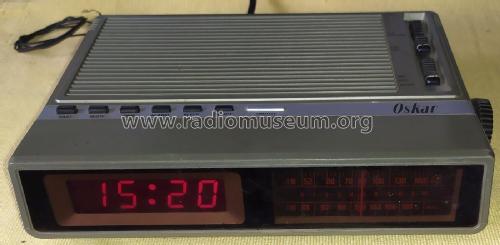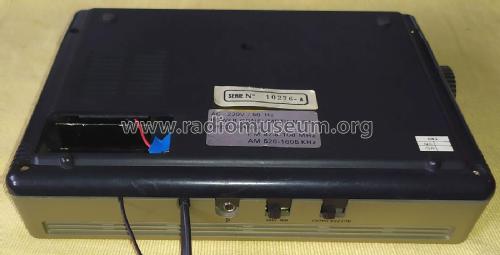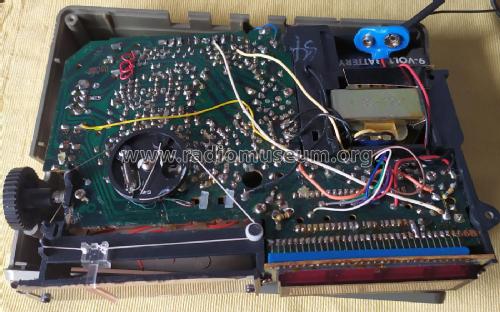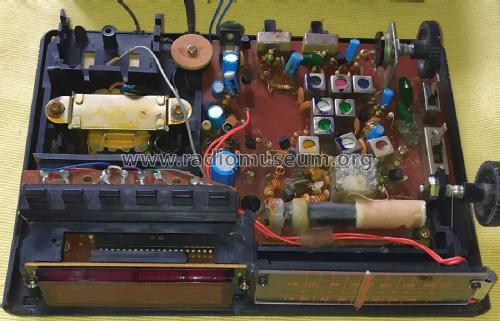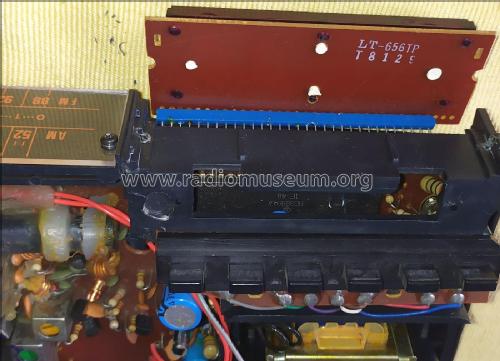Clock Radio
Oskar; Hong Kong
- Pays
- Hong Kong
- Fabricant / Marque
- Oskar; Hong Kong
- Année
- 1980 ?
- Catégorie
- Radio - ou tuner d'après la guerre 1939-45
- Radiomuseum.org ID
- 330337
- No. de transistors
- 12
- Principe général
- Super hétérodyne (en général)
- Gammes d'ondes
- PO et FM
- Tension / type courant
- Alimentation Courant Alternatif (CA) / 220 Volt
- Haut-parleur
- HP dynamique à aimant permanent + bobine mobile / Ø 7.5 cm = 3 inch
- Matière
- Plastique moderne (pas de bakélite, ni de catalin)
- De Radiomuseum.org
- Modèle: Clock Radio - Oskar; Hong Kong
- Forme
- Modèle de table avec réveil ou horloge
- Dimensions (LHP)
- 220 x 50 x 160 mm / 8.7 x 2 x 6.3 inch
- Remarques
-
The Oskar Clock Radio runs from 220 VAC 50 Hz mains (as used in continental Europe at the time) and uses a 9 V dry battery (Eveready 216 or Burgess 2U6) as a power backup to keep the clock time during AC power outages.
At least two versions of this model were made, differing only in color of the LED display and the dial scale: red or green.
Frequency ranges:
- FM = 87.5 - 108 MHz
- AM = 520 - 1605 kHz
The main PCB of this model is marked with "OSCAR".
- Poids net
- 0.5 kg / 1 lb 1.6 oz (1.101 lb)
- Auteur
- Modèle crée par Jose Mesquita. Voir les propositions de modification pour les contributeurs supplémentaires.
- D'autres Modèles
-
Vous pourrez trouver sous ce lien 10 modèles d'appareils, 7 avec des images et 1 avec des schémas.
Tous les appareils de Oskar; Hong Kong
Collections
Le modèle Clock Radio fait partie des collections des membres suivants.
Contributions du forum pour ce modèle: Oskar; Hong Kong: Clock Radio
Discussions: 1 | Publications: 1
And this is the more common to find version of this radio, with green color LED display and dial.
As a side note, the red color version consumes 8 Watt, while this green version consumes 5 Watt, according to the sticker labels.
Having both versions, I can confirm that the red version generates a lot more heat around the power supply components and with some overheated (discolored) resistors, while the green version seems to generate less heat not showing signs of overheated resisstors.

Jose Mesquita, 18.Jun.21
